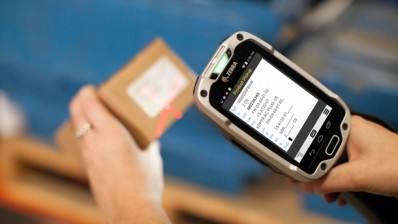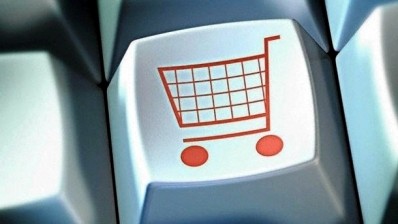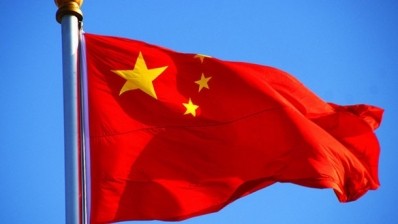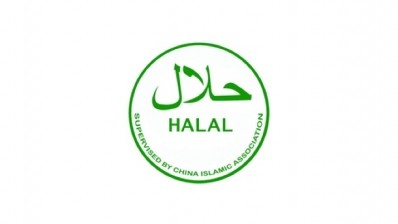Soapbox
Death by 1,000 regulations: China’s policy of legislative attrition
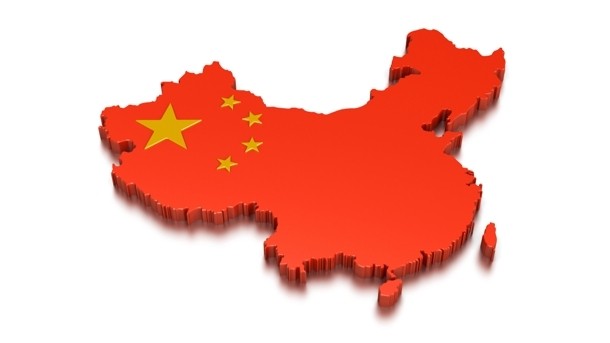
Its accession, which at the time was viewed as something of a gambit, has more than paid off for China. It has benefited hugely from an ability to freely export the finished products of its unmatched industrial engine, allowing it to amass great wealth, which it has invested wisely in education, research and development. China has developed an environment which is now spawning great innovators like Jack Ma, who in turn are ushering in yet further metamorphoses.
The China that emerges will be the world leader in digital supply-chain integration, cashless payments, food safety and traceability. It will ultimately be a very different China from the one that we now know. But is it going about this change fairly? Is it paying forward the benefits of WTO accession and bilateral trade, or is it throwing about its financial weight and manipulating its regulatory framework unfairly?
China is now a legitimate global innovator but this wasn't always the case. While the West was pointing fingers and calling into question China's propensity to produce and dump low-quality products and copies on global markets, reverse-engineer western innovation and often simply ignore copyright laws, China kept its head down and stuck to a simple plan of mass-producing cheap-and-cheerful copy products for a global market that couldn't get enough.
Now China is changing tack and is attempting to integrate increased emphasis on internal consumption with its historical reliance on exportation and primary/secondary industries. It has grown rich beyond all expectations through excellent economics, but will it afford its trade partners similar access to its own markets ?
In 2017, China is a vastly different place to the China of 2001, and the basic economic paradigm which catapulted it to the forefront of the global economy is becoming redundant. Its government faces new challenges to balance China's economic and social challenges while maintaining its impressive growth. One of China's biggest hurdles is ensuring it doesn't become a victim of its own success.
It's hard to argue with China's methods, it is an unprecedented success economically and has elevated the fortunes and living conditions of hundreds of millions of its people in an extremely short period of time. China's success is still something of a double-edged sword, and with China's increased living standards, education and globalisation comes greater expectations. The Chinese dream brings with it the expectations of better food, better cars, better phones, better homes, and when the expectant are 300m strong, they represent a massive economic force in China that must be carefully handled so as not to undo all of China's hard work. While China perfected the ability to mass-produce on the cheap, this new middle-class has grown to demand the finer things in life.
For China's next big step forward it must harness the spending power and expanding tastes of this expectant middle-class demographic, and it must do so while protecting the integrity of its domestic enterprise and overall trade balance. To do all of this China is finally casting aside all vestiges of the communist hammer and sickle mentality for a new and improved "capitalist trident" so it can implement China's three-pronged food sector trade strategy:
• Selective domestic regulatory pressures
• International technical barriers to trade
• Aggressive international expansionism
China has become extremely adept in developing anti-competitive and protectionist trade policies within the overall spirit of WTO technical barriers to trade, and this is clearly reflected in recent regulations and their impact on international food enterprises.
By targeting finished products, rather than commodities, under the guise of protection the health of its population, China has masterfully sidestepped outright anti-competitive behaviour. The idea of free bilateral trade is now less appealing to China, as its middle class increasingly looks towards the west for higher-quality and safer products, which China still hasn't got the hang of producing.
A Chinese market flooded by western products isn't as appealing to Beijing as a global market flooded by Chinese products, and this is a major pressure facing China at the moment.
However, like the board game Monopoly, China has a pretty simple solution to this issue, which is basically "when in doubt buy it out". A simple Google of the search term "China buys Australian Dairy" or "China Buys New Zealand Dairy”, or any number of permutations relating to land, processing facilities, wine, vineyards, etc. will reveal the extent of its international expansionism.
Over the four years I have spent in China, I have read, edited, analysed and written several thousand articles on Chinese legislation and regulation in China's food, chemical, cosmetic and agrochemical sectors. I have spoken to hundreds of SMEs and multinational enterprises that export or are considering exporting to China. I have worked on market-access feasibility projects for hundreds of finished products and ingredients.The most important conclusion I have drawn from all this is that attempting to interpret regulatory trends without the market context is very unwise.
China's major regulations for its food sector make a lot more sense when they are interpreted in light of their impact on global trade, China's domestic market and its trade balance.
This is particularly true of China's food sector over the last decade, which at a domestic level was ravaged by scandal and is now faced with a generation of globalised, middle-class consumers determined to buy safe (read as imported) foods.
The model I use to analyse and predict future movement in China's food sector comes from the country’s infant formula segment. In this, China is "skirting" the boundaries of what is considered fair under World Trade Organisation technical barriers to trade requirements, but will still remain the blueprint for Chinese policymakers moving forward.
Historically speaking, by and large, all of China's food safety issues in infant formula and dairy were of its own making. Domestic technical capacity issues, poor product differentiation, poor animal husbandry, lack of research and development, poor pasture management and substandard product processing were all compounded by a lack of an efficient system of pre- and post-market checks and balances to adequately inspect domestic infant formula products.
The quality and safety of European, Australian and New Zealand infant formula and dairy has never really been called into question, so why impose such strict regulatory requirements on international companies entering the market? If it wasn't broke then why fix it? I guess the old adage of follow the money holds particularly true here.
I would question the long-term implications of the government sanctioning Chinese enterprises to buy up large areas of land, milk processing facilities, farms and large stakes in domestic enterprise. This is being done while China’s import regulations simultaneously force importers to suffer a slow death at their hands.We have seen numerous international infant formula and dairy SMEs squeezed from China's market in this way.
Plans are already in motion to implement the same strategy of selective regulatory pressures and aggressive international business expansion in China's wine and honey sectors. So can we expect a similar fate for many SMEs exporting wine and honey to China?
If you look at China's food safety policy from a multi-sector perspective, it is pretty clear that regulations in tandem with aggressive international business expansion are the tools China is using to engineer a favourable trade balance. It is telling how well “high-risk" food sectors, such as infant formula, food for special medical purposes and health foods, correlate with big bucks, and how China will ensure its interests are protected through the trade of high-value finished products like infant formula, wine and honey.
Regulation combined with the rapid digitalisation of China's supply chains over the next several years will mean that destabilising pressures from the widespread practice of consumers paying someone else to bring in products from overseas (known in China as daigou) and cross-border e-commerce (haitou) will recede and then disappear.
Meanwhile, Chinese domestic enterprises will be given access to overseas raw materials. They will own, or have large stakes in reputable brands, while there is an extremely convenient and user-friendly digital marketplace in the form of Alibaba’s Tmall.
Chinese brands will use expedited logistics and customs clearance via cross-border e-commerce, and will also have extremely user-friendly cross-border traceability systems in place that integrate with mobile apps and mobile payments systems. The daigou and haitao traders don't stand a chance.
Over the next several years, I believe that China's food sector policymakers will have successfully dealt with China's most pressing issues of the destabilising influence of daigou/haitou trade, the influx of foreign finished products, and domestic food safety issues.
- Paul O’Brien is a specialist in Chinese food, chemical, cosmetic and agrochemical regulations and markets at regulatory analyst Chemlinked.
